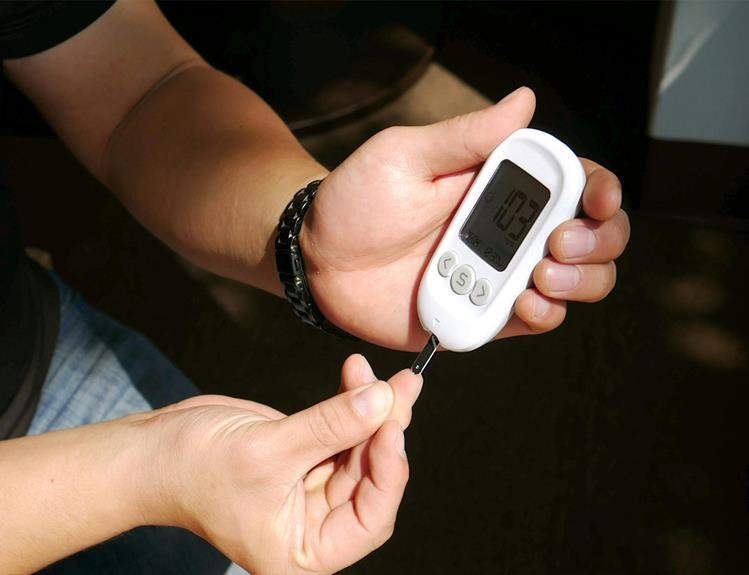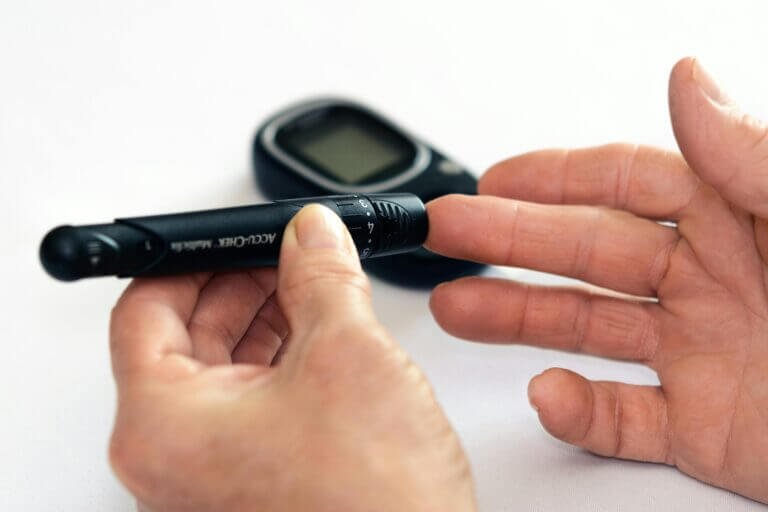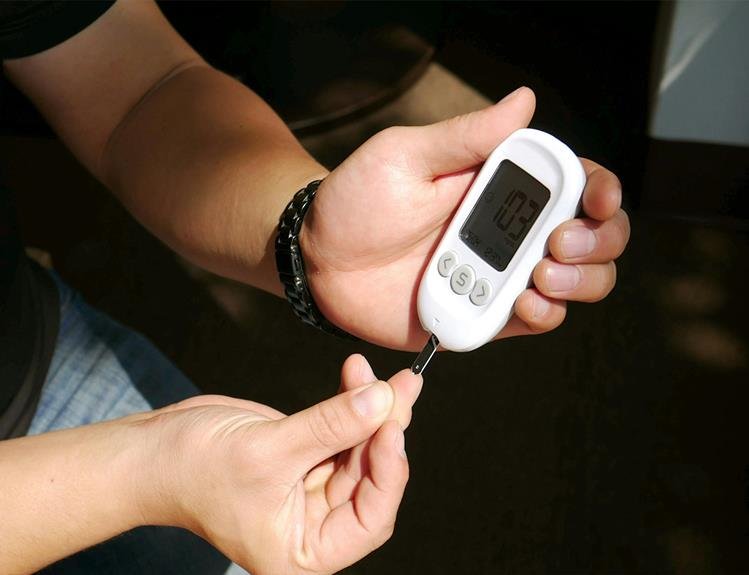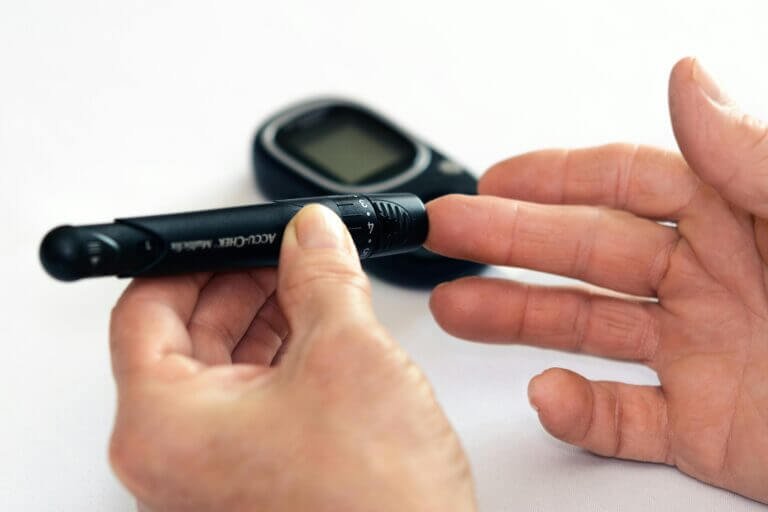Exploring Advanced Treatment Options for Diabetic Foot Complications
When it comes to managing diabetic foot complications, the array of advanced treatment options available might seem overwhelming at first glance. From cutting-edge wound care techniques to innovative biologic therapies and minimally invasive procedures, the possibilities are vast.
However, before diving into the complexity of these options, it is crucial to understand the potential benefits they can offer in terms of improving outcomes and quality of life for individuals battling diabetic foot issues. The key lies in exploring how these advanced treatments can revolutionize the management of such complications and pave the way for enhanced patient care.
Advanced Wound Care Techniques
When treating advanced diabetic foot complications, utilizing advanced wound care techniques is crucial for promoting healing and preventing further complications. Proper wound care involves cleaning the wound with mild soap and water, removing dead tissue, and applying medicated dressings to prevent infection. By keeping the wound clean and moist, you create an optimal environment for healing to occur.
Regularly changing dressings and monitoring the wound for any signs of infection or slow healing are essential steps in advanced wound care. If you notice any redness, swelling, increased pain, or discharge from the wound, seek immediate medical attention. These could be signs of a worsening infection that requires prompt treatment.
Additionally, offloading pressure from the affected foot is key in promoting healing. This can be achieved through the use of special footwear, orthotic devices, or even total contact casts. By reducing pressure on the wound, you allow for better circulation and tissue repair, leading to improved outcomes in diabetic foot complications.
Novel Biologic Therapies
In the treatment of advanced diabetic foot complications, incorporating novel biologic therapies can offer promising advancements in promoting healing and preventing further issues. These therapies, such as platelet-rich plasma (PRP) injections and growth factor treatments, work by stimulating the body's natural healing processes. PRP, derived from the patient's blood, contains a high concentration of platelets rich in growth factors that can accelerate tissue repair. Growth factor treatments, on the other hand, involve applying specific proteins to the wound site to promote cell growth and regeneration.
One key benefit of these biologic therapies is their ability to target the root cause of diabetic foot complications, such as poor circulation and impaired wound healing. By enhancing the body's healing mechanisms at a cellular level, these treatments can lead to faster wound closure, reduced infection risk, and overall improved outcomes. Additionally, biologic therapies have shown promising results in reducing the need for more invasive interventions, making them a valuable addition to the treatment arsenal for diabetic foot complications.
Minimally Invasive Procedures
You can explore minimally invasive procedures like laser therapy for neuropathy relief, microdebridement for wound care, and endovascular therapy to improve circulation in diabetic foot complications.
These procedures offer less invasive alternatives to traditional treatments, potentially leading to quicker recovery times and fewer complications.
Discussing these advanced techniques with your healthcare provider could help optimize your diabetic foot care plan.
Laser for Neuropathy Relief
Laser therapy offers a minimally invasive approach for providing relief from neuropathy in diabetic foot complications. This treatment involves using focused light energy to stimulate circulation, promote nerve regeneration, and reduce pain associated with neuropathy.
The laser targets specific areas of the foot, helping to improve sensation and overall foot health. By increasing blood flow and promoting healing, laser therapy can effectively alleviate symptoms of neuropathy, such as tingling, numbness, and burning sensations.
This non-invasive procedure is well-tolerated by most patients and can be performed in a clinical setting without the need for anesthesia. Laser therapy shows promising results in managing neuropathy in diabetic foot complications, offering a safe and effective treatment option for individuals seeking relief.
Microdebridement for Wound
How can microdebridement contribute to the minimally invasive treatment of wounds in diabetic foot complications?
Microdebridement is a procedure where specialized tools are used to remove dead or infected tissue from a wound. This minimally invasive technique helps promote healing by creating a clean environment for the growth of healthy tissue. By removing the necrotic tissue, microdebridement can help reduce the risk of infection and improve the overall healing process.
Additionally, this procedure can be performed in an outpatient setting, making it a convenient option for patients with diabetic foot complications. Microdebridement is a valuable tool in the management of diabetic foot wounds, providing a less invasive alternative to traditional surgical debridement methods.
Endovascular Therapy for Circulation
To continue addressing diabetic foot complications, consider the effectiveness of endovascular therapy as a minimally invasive procedure for improving circulation in affected individuals.
Endovascular therapy involves the use of catheters and imaging techniques to access and treat blocked or narrowed blood vessels in the lower extremities. This procedure can help restore blood flow to the feet, promoting healing of ulcers and preventing potential amputations.
By using techniques such as angioplasty and stent placement, endovascular therapy can effectively widen narrowed arteries and improve circulation. Compared to traditional open surgery, endovascular procedures typically result in faster recovery times, fewer complications, and reduced hospital stays.
Consult with a healthcare provider to determine if endovascular therapy is a suitable option for managing diabetic foot complications.
Emerging Regenerative Medicine Approaches
Exploring cutting-edge regenerative medicine techniques holds promise in revolutionizing the treatment of advanced diabetic foot complications. These innovative approaches involve harnessing the body's own healing mechanisms to repair damaged tissues and promote wound healing.
One such method is platelet-rich plasma therapy, where concentrated platelets are injected into the affected area to stimulate tissue regeneration. Mesenchymal stem cell therapy is another exciting avenue, utilizing stem cells to promote tissue repair and reduce inflammation in diabetic foot ulcers.
These regenerative medicine approaches offer a personalized treatment option that targets the root cause of diabetic foot complications. By stimulating tissue regeneration and improving blood flow, these therapies have the potential to accelerate healing, reduce the risk of amputations, and improve overall quality of life for individuals with diabetes.
As research in regenerative medicine continues to advance, these cutting-edge therapies hold great promise for transforming the management of diabetic foot complications.
High-Tech Imaging and Diagnostics
When it comes to treating advanced diabetic foot complications, high-tech imaging and diagnostics are crucial. These tools provide advanced imaging capabilities and enhance diagnostic precision.
They play a vital role in accurately assessing the extent of damage and guiding treatment strategies.
Advanced Imaging Tools
Advanced imaging tools play a crucial role in the diagnosis and treatment planning of diabetic foot complications. By utilizing technologies like magnetic resonance imaging (MRI), computed tomography (CT), and ultrasound, healthcare providers can visualize the internal structures of the foot with high precision.
These advanced imaging tools help identify soft tissue injuries, bone abnormalities, and circulatory issues that may not be apparent through physical examination alone. Additionally, these diagnostic tools enable healthcare professionals to assess the extent of tissue damage, plan appropriate interventions, and monitor the progression of diabetic foot complications over time.
Through the detailed insights provided by advanced imaging, healthcare teams can tailor treatment strategies to address the specific needs of each patient, ultimately improving outcomes and quality of care.
Diagnostic Precision Advancements
High-tech imaging and diagnostics have revolutionized the precision of diagnosing diabetic foot complications, enhancing treatment outcomes significantly. These advancements allow for early detection of issues like neuropathy, ulcers, or infections, enabling prompt intervention to prevent severe consequences such as amputations.
Technologies like MRI, CT scans, and PET scans provide detailed images to assess tissue damage, blood flow, and bone integrity, aiding in tailored treatment plans. Additionally, advanced diagnostic tools like thermography and fluorescence imaging can detect vascular abnormalities and monitor wound healing progress.
Personalized Treatment Plans
To optimize the effectiveness of diabetic foot complications treatment, tailoring a personalized plan based on individual needs and health conditions is essential. Personalized treatment plans take into account factors such as the severity of the foot complications, the patient's overall health status, lifestyle, and any underlying conditions that may impact healing. By customizing the treatment approach, healthcare providers can address specific issues and adjust interventions accordingly.
When creating a personalized treatment plan, healthcare professionals may consider various factors such as the type of diabetic foot complication present, the patient's ability to adhere to treatment recommendations, and any potential barriers to care. This tailored approach ensures that the treatment aligns with the patient's preferences and goals, increasing the likelihood of successful outcomes.
Furthermore, personalized treatment plans may involve a multidisciplinary team of healthcare providers collaborating to address the diverse needs of individuals with diabetic foot complications. This comprehensive approach can enhance the effectiveness of treatment and improve the overall quality of care provided to patients. By individualizing treatment plans, healthcare professionals can better support patients in managing their diabetic foot complications and promoting long-term foot health.
Frequently Asked Questions
Are There Any Alternative Treatment Options for Diabetic Foot Complications That Are Not Covered in the Article?
If you're seeking alternative treatment options for diabetic foot issues beyond what's covered, consider consulting with specialists in wound care, vascular surgery, or regenerative medicine. These experts may introduce innovative therapies tailored to your condition.
How Do the Costs of Advanced Treatment Options Compare to Traditional Treatments for Diabetic Foot Complications?
When comparing the costs of advanced treatment options to traditional ones for diabetic foot complications, you'll find that advanced treatments often come with a higher price tag due to the complexity and innovative nature of the procedures.
Are There Any Potential Risks or Side Effects Associated With the Advanced Treatment Options Mentioned in the Article?
When considering advanced treatments for diabetic foot complications, it's crucial to weigh potential risks and side effects. Your healthcare provider will discuss these factors with you to ensure you make an informed decision about your care.
How Accessible Are These Advanced Treatment Options for Individuals With Limited Financial Resources or Living in Rural Areas?
When it comes to accessing advanced treatment options for diabetic foot complications with limited finances or living in rural areas, it may pose challenges. However, healthcare facilities and organizations often offer resources and financial assistance to help individuals in need.
Can These Advanced Treatment Options Be Used in Conjunction With Traditional Therapies for Diabetic Foot Complications, or Are They Meant to Replace Them Entirely?
Like a symphony blending instruments, advanced treatments can harmonize with traditional therapies for diabetic foot complications. They work together, not to replace, but to enhance outcomes and provide comprehensive care for your feet.
Conclusion
In conclusion, exploring advanced treatment options for diabetic foot complications is like uncovering a treasure trove of possibilities.
With cutting-edge wound care techniques, innovative biologic therapies, and personalized treatment plans, the future looks promising for those facing diabetic foot issues.
Embrace these advancements like a sailor navigating uncharted waters, and watch as your journey to healing unfolds with newfound hope and possibility.





